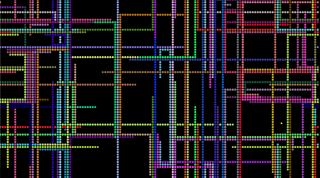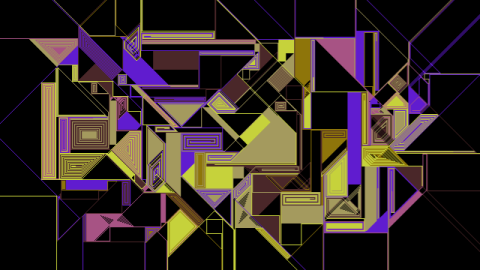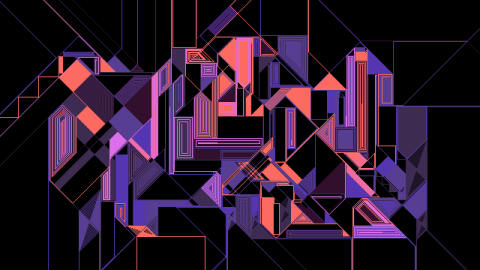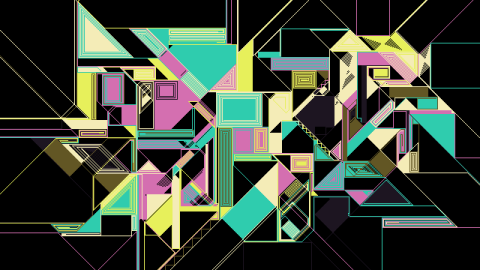Pi () is the most famous irrational number; the circumference of a circle is given by its diameter (two times its ray) multiplied by Pi, but ….
Pi is irrational, this means that its decimal representation NEVER ENDS (there is no “last digit of Pi”) and NEVER REPEATS (never enters a permanently repeating pattern); so it’s also an elusive and mysterious number. Already the ancient Egyptians and Babylonians tried to calculate its value as precisely as possible, and currently we “know” the first 68.2 trillions of digits of Pi (record achieved on 14 August 2021 by Team DAViS of the University of Applied Sciences of the Grisons).
Many artists have tried to use Pi as a source of inspiration, but …. but it is conjectured (we have no formal proof of it) digits of Pi are randomly uniformly distributed in the sense that the digits 0 through 9 appear equally often, as do pairs of digits, trios of digits, and so forth. So if you use a subsequence of decimal digits of Pi to (automatically) generate some “art” , then you should obtain the same result if you use a simple random number generator.
NEVERTHELESS ….



